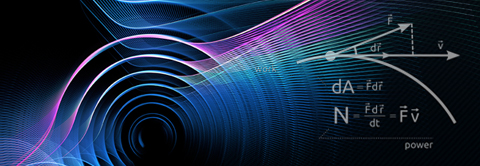Rapid heating of matter using high power lasers
2015.11.05 16:39
| 날짜 | 2015-11-10 16:00 |
|---|---|
| 연사 | |
| 장소 | E6-2, #1323 |
“Rapid heating of matter using high power lasers”
Dr. Woosuk Bang
Physics division, Los Alamos National Laboratory
Nov. 10 (TUE), 4:00 p.m. , Seminar Room(#1323)
With the development of several novel heating sources, scientists can now heat a small sample rapidly above 10,000 K. Although matter at such an extreme state, known as warm dense matter, is commonly found in astrophysics (e.g., in planetary cores) as well as in high energy density physics experiments, its properties are not well understood and are difficult to predict theoretically. A sufficiently large warm dense matter sample that is uniformly heated would be ideal for these studies, but has been unavailable to date. On the Trident laser facility at Los Alamos National Laboratory, we have used a beam of quasi-monoenergetic aluminum ions to heat gold and diamond foils rapidly and uniformly. For the first time, we visualized directly the expanding warm dense gold and diamond with an optical streak camera. We developed a new technique to determine the initial temperature of these heated samples from the measured expansion speeds of gold and diamond into vacuum. We anticipate the uniformly heated solid density target will allow for direct quantitative measurements of equation-of-state, conductivity, opacity, and stopping power of warm dense matter, benefiting plasma physics, astrophysics, and nuclear physics.
Using even smaller targets (~10 nm radius spheres of solid deuterium), ion temperatures exceeding 108 K have been achieved in the laboratory. We will discuss briefly about nuclear fusion experiments using high power lasers.
Contact: Yoonsoo Kim, Administration Office. Tel. 2599







